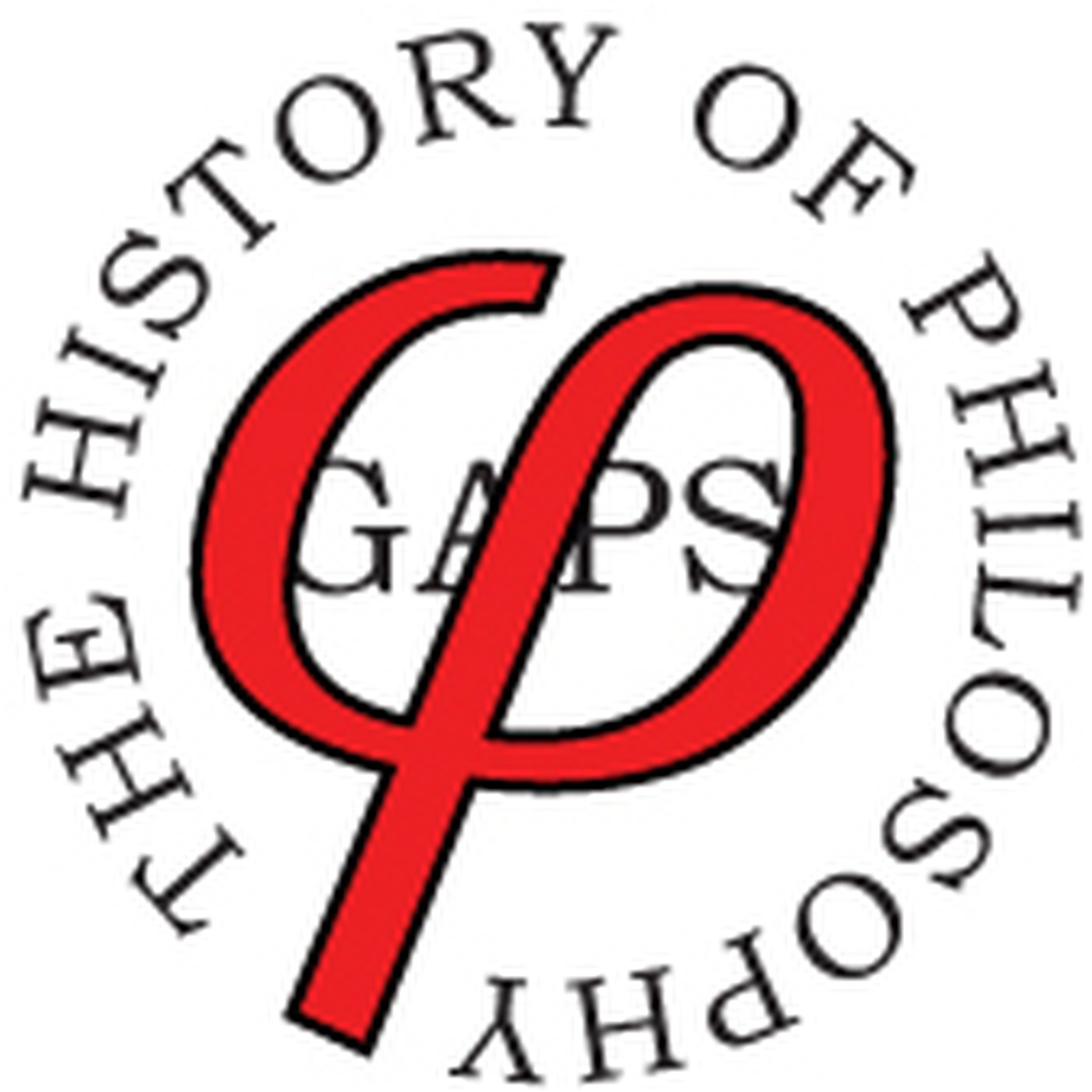
HoP 450 - Depicting What Cannot Be Depicted - Philosophy and Two Renaissance Artworks

History of Philosophy Without Any Gaps
Deep Dive
Why did Peter Adamson choose Dürer's self-portrait and Michelangelo's Sistine Chapel paintings for this episode?
Peter Adamson selected these artworks to mark the 450th episode of the podcast, focusing on two iconic Renaissance artists—Albrecht Dürer and Michelangelo—whose works reflect the philosophical and cultural currents of their time, including the Reformation and Counter-Reformation.
How did Dürer's self-portrait from 1500 reflect Renaissance individualism?
Dürer's self-portrait portrays him as Christ, symbolizing the Renaissance fascination with individuality and the idea that each person has a divine spark within them. This reflects the cultural shift towards self-awareness and the elevation of the individual in Renaissance art.
What role did the printing press play in Dürer's fame?
The printing press allowed Dürer's works to be widely disseminated, making him famous across Europe. His engravings and woodcuts were reproduced many times, and he even created an engraved image of Erasmus, further connecting him to the humanist movement.
How did Michelangelo's Sistine Chapel ceiling reflect the Renaissance revival of classical art?
Michelangelo's ceiling incorporates classical elements, such as the depiction of pagan sibyls alongside Old Testament prophets. His focus on the human form and the use of anatomy reflect the Renaissance's revival of classical art and its emphasis on humanism and realism.
What is the significance of the outstretched fingers in Michelangelo's creation of Adam fresco?
The almost-touching fingers symbolize the divine power of God creating Adam and giving him precepts. It also represents the ultimate transcendence of God, as humans can reach for Him but not fully touch Him, reflecting the theme of divine imminence and transcendence.
How did Dürer's self-portrait and Michelangelo's Sistine Chapel ceiling differ in their portrayal of the relationship between God and humanity?
Dürer's self-portrait suggests a closer, more immediate relationship between God and humanity, with the artist portraying himself as Christ. In contrast, Michelangelo's Sistine Chapel ceiling emphasizes the distance between God and humanity, symbolized by the almost-touching fingers in the creation of Adam fresco, reflecting a more mediated relationship typical of Catholic theology.
What was the significance of the year 1500 in relation to Dürer's self-portrait?
The year 1500, when Dürer painted his self-portrait, predates the full outbreak of the Reformation. However, the portrait captures the emerging themes of individualism and the idea of a divine spark within each person, which would later be central to Protestant thought.
How did Michelangelo's Last Judgment reflect the Counter-Reformation?
The Last Judgment emphasizes themes of resurrection and the punishment of the body, aligning with the Counter-Reformation's focus on the afterlife and the Church's authority. Michelangelo's depiction of the contorted physical agony of sinners also reflects the era's unsettled times and unsettling ideas.
Shownotes Transcript
To celebrate reaching 450 episodes, Peter looks at the philosophical resonance of two famous artworks from the turn of the 16th century: Dürer’s Self-Portrait and Michelangelo’s paintings in the Sistine Chapel.